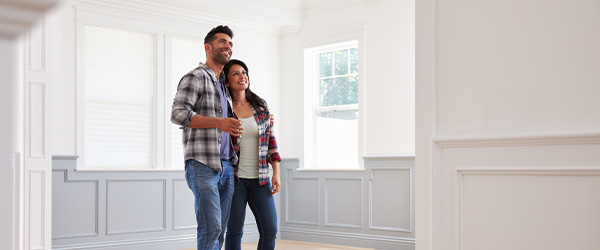Interest rates have been going up in recent months. But on the flip side, property prices have been falling in many markets.
That means there could be some great opportunities out there for aspiring property investors. It all comes down to finding the right property in the right location.
Here’s what to look for in an investment property.
Capital growth potential
Optimally, you’ll want to find a property that’s likely to increase in value over time. But how?
Look for areas that are experiencing economic growth. Economic growth creates jobs. Jobs bring people to an area. More people equates to more demand for housing. And more demand can lead to capital growth.
You’ll also want to choose a property that has good access to amenities like hospitals, shops, and transport. Check the school zoning too, as this can be a big drawcard for families.
Rental yield
Rental yield is the rate of income return compared to the costs involved in owning an investment property. It’s typically expressed as a percentage and may be calculated as a gross or net figure.
High rental yields can be attractive to investors, as it means the property will generally generate a steady cash flow.
Low vacancy rates
The rental vacancy rate gives you an indication of the percentage of rental properties that are unoccupied. For example, if a suburb has a vacancy rate of 4%, it means 4% of rental housing is not tenanted.
Higher vacancy rates might mean more properties than renters, so your property could sit vacant longer and rent for less.
Lower vacancy rates could imply a tight market, more competition amongst renters for available properties and potentially higher rent.
Proposed planning changes
When researching a suburb, it’s important to investigate any proposed planning changes that could affect your investment.
Say planning laws and density limits change, allowing an area to be flooded with townhouses and apartments. The increased housing supply could make property prices and rents fall.
Features and lifestyle factors
Think about the kinds of features that may resonate with future tenants. It might be a second bathroom. Storage space. A garage.
Also, weigh up the lifestyle appeal of a suburb. Are there parks nearby? A beach within walking distance? Cafes or entertainment? All of these offerings can make a property more appealing to tenants.
Low maintenance costs
You don’t want to be forking out massive coin for maintenance and repairs that eats into your profit potential. Instead, opt for a property that is low maintenance.
An older property might require more upkeep than a newly constructed property. Think ageing hot water systems, old plumbing or electricals.
Likewise, a property on a bigger block might mean more garden maintenance – something your future tenants might not have time for.
Ways to add value
Look for properties where you can add value easily. You might be able to give the property a facelift with a fresh coat of paint, for instance, or a cosmetic makeover at some point.
Doing a simple renovation can accelerate the capital growth, as well as boosting rental returns.
Ready to get started?
Buying an investment property can be a clever way to build wealth. However, before diving in, it’s a good idea to seek independent financial advice from a professional advisor and/or your tax accountant.
If you do decide it’s the right move for you, we can support you with:
• Free property reports to inform your property hunt
• Tips on how to budget for an investment property
• Pre-approval on your investment loan
• The loan application and approval process
• Finance to renovate your investment property
• Advice about your investment loan into the future.
We’re here to help, so please get in touch with us today.

